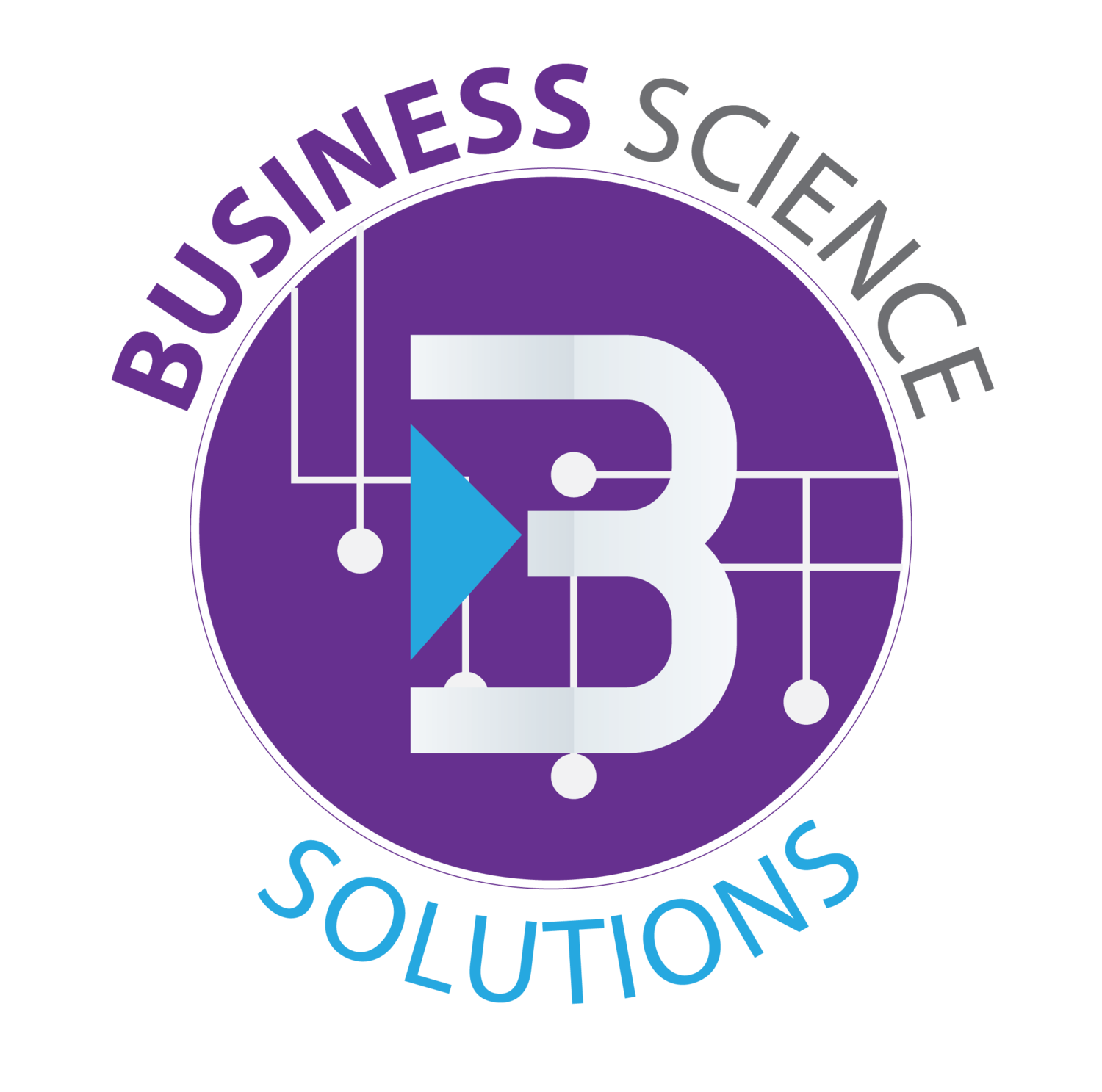The State of American Business
/In our last post, we discussed the meaning behind the term “Business Science.” To recap, a good definition is “understanding and learning about the interactions between process, data / systems and people (Gremmell).” This leads to the question, why does this matter to business today?
First, to understand the importance of scientific principles in business, how do businesses operate today? For the purpose of this writing, we will define two major types of businesses based on what they sell. Beginning with the far left, there are the tech companies. These are the companies whose products are mainly digital or online based. These businesses have shifted from office driven managers, to a large open, environment of engineers. Tech companies have been defined by capitalizing on what the customer wants with data and product targeting, however may have grown too fast. While there is a lot of data/systems and people strength, many tech companies have overlooked the importance of efficient process. This is due to the fact that digital processes are hard to follow and optimize, but not impossible.
On the far right are product based businesses. These are the retail and traditional supply chain driven companies who offer a physical product. These businesses have left the walls in place (with some exceptions) and are focused on getting product to their customers. For product based businesses, they face the challenge of a market that has changed from a mass consumption market to one of customization. Consumers want what they want and they want it now. A traditional supply chain struggles with the large amount of products to manufacture, stock and deliver. Many traditional supply chain companies are still operating like they were in 1950. Things have worked, they have made money, but have not adjusted with the times. Businesses such as Circuit City, Blockbuster and Borders are great examples of companies that could not adapt to the times and their inefficiency ran them into oblivion. These companies have a large focus on people and minimal focus on data and process. A really great way to see this in action is to pick any process in a traditional company and try to follow it through. The inefficiencies and confusion of traditional organizations will be seen front and center.
The inefficiencies in our businesses are making the US economy less competitive. The good news is these problems can be solved. This is where Business Science comes in. It bridges the gaps between people, process and data/systems. Processes need to be designed and optimized via business process tools such as process mapping and modeling, methodologies such as lean and technical tools from industrial engineering and operations research such as DOE, Bayesian Inference and Linear Programming Models. Data and Systems need to be used to their full potential via KPI implementation and management, then moving on to advanced analytics and data science techniques such as statistical inference, predictive analytics and machine learning and using technology to automate mundane processes. Last, it all needs to be glued together into a cohesive operating system that sets precedents for how the business is operated and managed efficiently. This starts with organizational design, management commitment to innovation and process, and motivation of employees to become students of science to optimize their business.
With the breadth of opportunity in businesses, isn’t it time your business makes the move with implementing an optimized operating system? In the next installment of our blog, we will begin to discuss Business Science tools in detail.




